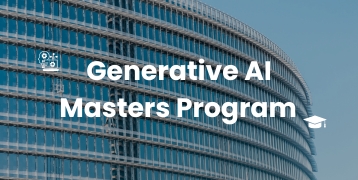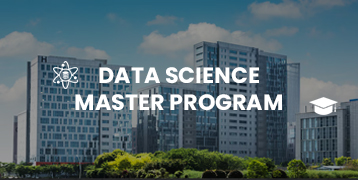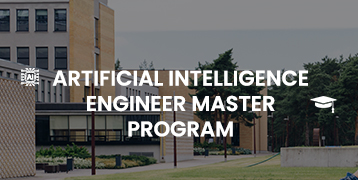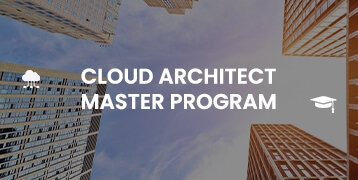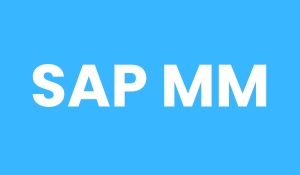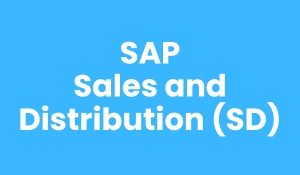
Introduction
SAP SD is among the top revenue-making SAP ERP modules and is utilized solely to manage customer relationships from order to delivery. It handles major business processes like shipping, pricing, billing, sales order processing, and credit management. Due to its smooth integration with modules like MM, FI, and PP, SAP SD is simple to process the sales workflow. For SD job candidates who are SAP professionals, they must be aware of common SD interview questions so that they can show hands-on experience, problem-solving skills, and competency in actual business scenarios.
Top 50 SAP SD Interview Questions and Expert Answers:
What is SAP SD?
SAP SD is an SAP ERP module that manages all sales, order processing, shipment, billing, and customer relationship management activities. It interacts closely with modules such as MM and FI.
What does a Sales Area in SAP SD mean?
A sales area includes the Sales Organization, Distribution Channel, and Division. It is the determination to distribute goods and services within an organization.
How does the Sales Organization differ from the Distribution Channel?
A Sales Organization is a selling organization, while a Distribution Channel is where the products are distributed to the customers, for instance, retail or wholesale.
What is a Customer Master Record?
Customer Master Record maintains customer-specific information like address, payment terms, and contact. It contains General, Company Code, and Sales Area data.
What is a Material Master Record?
Material Master Record maintains product or service-specific information like description, units of measure, prices, and inventory data.
What are Partner Functions in SAP SD?
Partner Functions are such partner definitions that take part in a transaction, i.e., Sold-To Party, Ship-To Party, Bill-To Party, and Payer.
What is a Sales Document?
A Sales Document is used to execute a sales transaction. It encompasses such things as sales orders, quotations, and contracts.
What is a Sales Order?
A Sales Order is a contract between a business and a customer to supply goods or services for a price and date.
What are the steps of the SD process?
A normal SD process includes pre-sales, sales order processing, dispatch, billing, and receipt.
What is an SAP SD Schedule Line?
Schedule Lines control amounts and dates for delivery within a sales document. They come from delivery and availability plans for materials.
Why is there a need for an Item Category in a Sales Document?
Item Categories define how an item will behave during the sales process, e.g., price, stock effect, and delivery.
What is a Credit Memo?
The Credit Memo is a memo that is drawn to a customer for adjustment or refund in case of returns, overcharges, or defective goods.
What is a Debit Memo?
A Debit Memo is drawn to the customer for a payment request due to an undercharge or a service upgrade.
What is Copy Control in SAP SD?
Copy Control enables the system to copy data from one document to another, e.g., a quotation to a sales order.
What is a Billing Document?
The Billing Document is created to bill the customer for deliveries or sales orders.
What is a Pricing Procedure in SAP SD?
A Pricing Procedure informs the system to derive prices on sales documents, i.e., surcharges, discounts, and taxes.
What is a Condition Type?
Condition Types are utilized in deriving price factors such as base price, freight, and discount.
What is the difference between a static and dynamic credit check?
Static Credit Check checks credit limit versus open items, while Dynamic Credit Check also factors in future deliveries and bills.
What is a Delivery Document?
A Delivery Document is issued to trigger the physical delivery of goods to the customer.
What is the PGI (Post Goods Issue) process?
PGI stands for the process to reload the inventory and pass goods to the customer’s ownership.
What is Return Order?
Return Order is utilized to facilitate the processing of returned goods of the customer for a refund or exchange.
What are Incompletion Logs?
Incompletion Logs mark incomplete data in a sales document for processing in advance.
What is the difference between a Quotation and a Contract?
Quotation is a conditional offer, whereas a Contract is an extended offer to carry merchandise on definite terms.
Why is Shipping Point used?
Shipping Points are points of delivery terminals by which the delivery starts, e.g., warehouses or factories.
What is Route Determination?
Route Determination decides the route and mode utilized to transport products based on the shipping point and destination.
What is Availability Check?
Availability Check confirms that the amount of a product ordered can be shipped on the date ordered.
What are the types of Availability Check?
Types are Check against ATP (Available to Promise), against Product Allocation, and Planning.
What is a Sales Document Type?
Sales Document Type specifies the type and control attributes of a sales document, such as standard order or rush order.
What is the difference between the Header, Item, and Schedule Line levels?
Header for the entire document, Item for the actual goods, and Schedule Line for each item’s delivery details.
What is Text Determination?
Text Determination is applied to the automatic determination of text in sales documents, e.g., customer instructions or delivery notices.
What does Output Determination do?
Output Determination drives printing of documents such as order confirmations and invoices through print, email, or fax.
What is an Account Determination?
Account Determination sends SD transactions to the right G/L accounts in Finance to post revenue.
What are User Exits in SD?
User Exits are locations in SAP where one can add custom logic without modifying standard code.
What is a Free Goods Determination?
This feature allows firms to provide goods free of cost in certain situations while fulfilling orders.
What are condition records?
Condition Records hold price and discount information for materials and customers utilized in pricing processes.
What is the Partner Determination Procedure used for?
It identifies required business partners automatically at the time of transaction based on rules set in advance.
What is the difference between Make-to-Order and Make-to-Stock?
Make-to-Order means manufacturing after receiving orders, and Make-to-Stock means manufacturing ahead of anticipated demand.
What is TOR (Transfer of Requirements)?
TOR is the transfer of order requirements from SD to Material Management for production planning and manufacturing use.
Why is Delivery Block?
A Delivery Block stops the processing or shipping of an order until certain conditions are met.
What is an Item Proposal?
Item Proposal enables items that are ordered frequently at sales order entry to be automatically shown in order to achieve maximum productivity.
What is a Pro Forma Invoice?
A Pro Forma Invoice is a pre-dated invoice prepared for use by customs or internally, but not to be posted to accounts.
What is an Incoterm?
Incoterms explain the meanings of international trade terms along with seller and buyer obligations for the delivery of goods.
What is a Tax Determination?
Tax Determination calculates tax on customer location, material, and jurisdiction automatically.
What is Backorder Processing?
Backorder Processing allows the user to process orders that were not filled because the product was out of stock.
What is Immediate Delivery versus Collective Delivery?
Immediate Delivery ships immediately upon ordering, whereas Collective Delivery collects multiple orders for a single shipment.
What is the distinction between a rebate and a discount?
Discounts are offered at the point of sale, while rebates are post-sale rewards based on overall sales volume.
What is Rebate Processing in SAP SD?
Rebate processing tracks and processes customers’ rebates on contract terms and sales volume.
Where are the integration points of SAP SD with other modules?
SD is interfaced with MM (material), FI (finance), PP (production), and WM (warehouse) to facilitate smooth business operations.
What is Cross-Selling in SAP SD?
Cross-selling makes available allied products during order entry for increased sales and the highest customer satisfaction.
How is a Sales Order executed in SAP SD?
Sales order can be carried out with transaction code VA01 by entering order type, customer, and item information and saving the document.
Conclusion
GoLogica provides a SAP SD Training is necessary to manage the whole sales process in any enterprise on SAP. It enhances operational efficiency by automating important processes such as order management, billing, and shipping. SAP SD expertise allows professionals to manage complex customer interactions and seamlessly integrate with other business procedures.
An awareness of its fundamental principles and popular interview questions enables applicants to perform well in job interviews and progress in SAP-related careers. As international demand for SAP consultants rises, an awareness of SAP SD provides access to lucrative professional opportunities.
Related Articles:
SAP SRM Interview Questions
Top SAP Modules List 2025
SAP HANA Administration Interview Questions
SAP GRC Interview Questions



